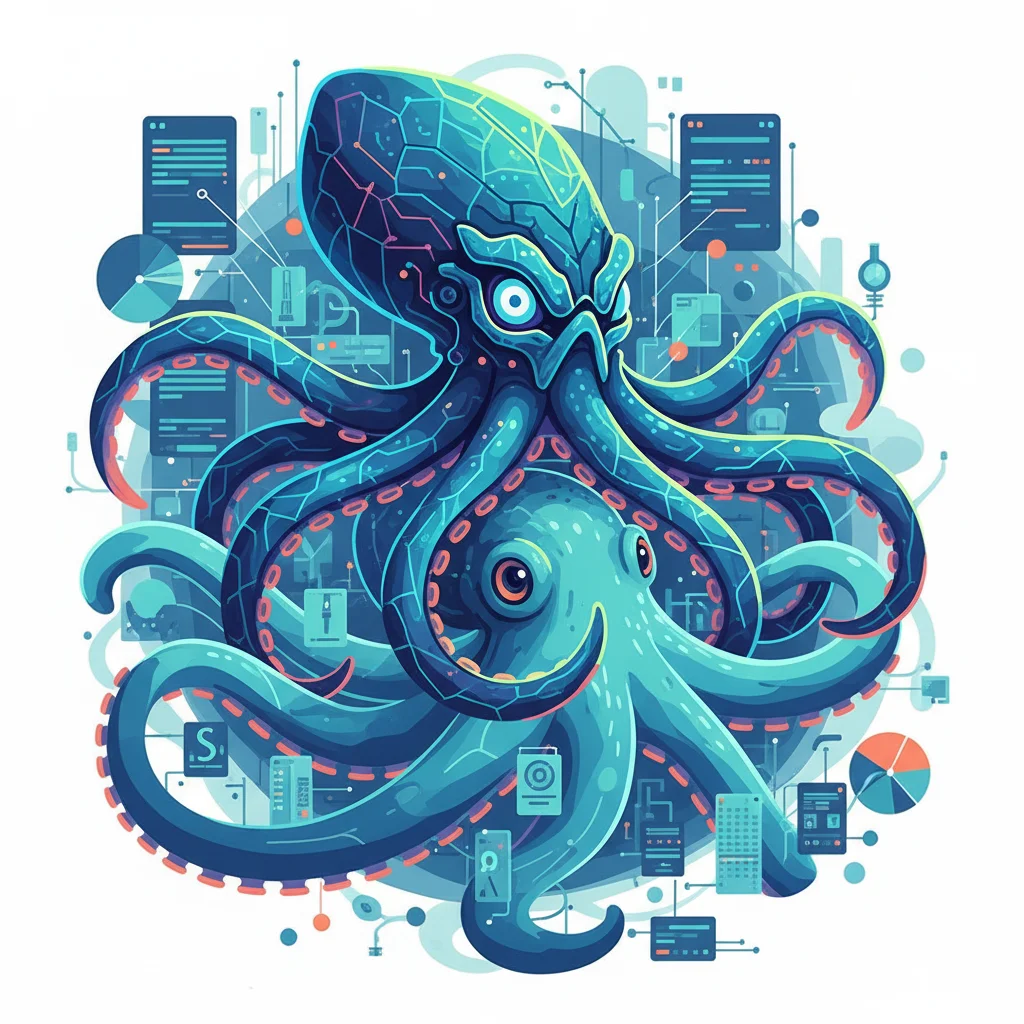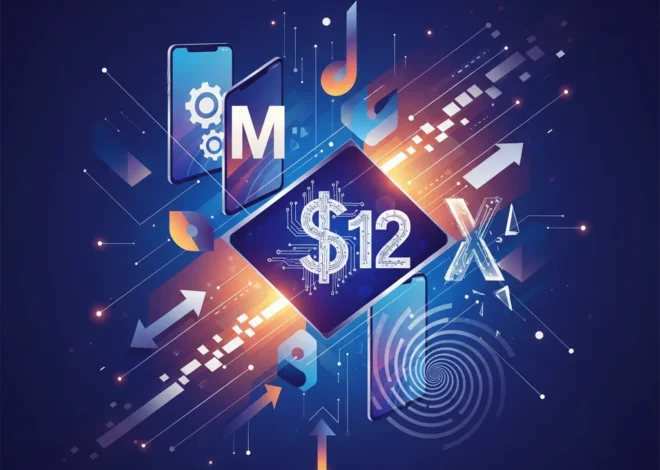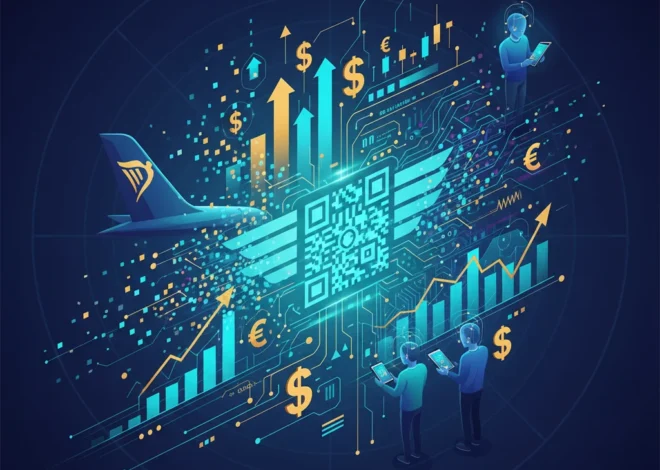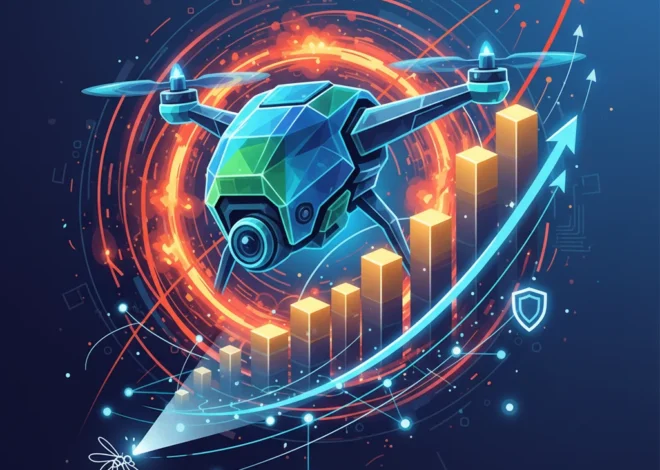
The Software That Swallowed a Utility: How Kraken Became More Valuable Than Its Parent, Octopus Energy
When Your Side Project Becomes the Main Event
What happens when a company’s internal tool—its “secret weapon”—becomes so powerful that it eclipses the company itself? It’s a scenario most founders only dream of, a plot twist worthy of a Silicon Valley blockbuster. For UK energy supplier Octopus Energy, this dream is now a reality. Their in-house software platform, Kraken, has not only powered their meteoric rise but has now officially surpassed its parent company in both customer reach and, arguably, strategic importance.
This isn’t just a story about a successful piece of software. It’s a masterclass in platform strategy, a blueprint for digital transformation in legacy industries, and a powerful signal of where the future of energy is heading. It’s the story of how a tech-forward mindset and a relentless focus on customer experience, powered by sophisticated software, can create a creature that outgrows its creator.
Octopus Energy burst onto the scene as a disruptor, armed with fair pricing and stellar customer service. But behind the friendly branding and green tariffs was Kraken, a proprietary cloud-based platform built from the ground up to manage the entire energy customer lifecycle. Now, that platform is swallowing the energy world whole.
Unleashing the Kraken: More Than Just an Energy Company
To understand Kraken’s dominance, you first have to grasp the problem it solves. For decades, the utility sector has been shackled by archaic, siloed, and staggeringly inefficient IT systems. These legacy platforms make everything from billing to customer support a slow, expensive, and frustrating experience for both the company and the consumer. It’s a world of manual processes, endless call centers, and systems that can’t handle the complexities of a modern, green energy grid.
Kraken was designed to obliterate this reality. It’s an end-to-end SaaS (Software as a Service) platform that handles everything:
- Customer onboarding and billing
- Smart meter data management
- Integration of renewable energy sources like solar and electric vehicles
- Customer service automation through AI-powered tools
- Grid optimization and energy demand management
By building this tech stack internally, Octopus Energy gave itself an almost unfair advantage. They could operate with a fraction of the staff of their competitors, resolve customer issues in minutes instead of days, and innovate at a speed the incumbents couldn’t dream of. But the real genius move wasn’t just using Kraken—it was licensing it to others, including their direct competitors.
The Numbers Tell the Tale
The scale of Kraken’s success is staggering. While Octopus Energy is now the UK’s largest home energy supplier, its own customer base is dwarfed by the number of accounts managed by the Kraken platform globally. The software has become the operational backbone for major utilities around the world, including E.ON, EDF, and Origin Energy.
Let’s look at the comparison, which highlights how the software platform has outpaced the energy retail business it was built to serve.
| Entity | Customer Accounts Managed | Primary Business Model | Estimated Valuation/Significance |
|---|---|---|---|
| Octopus Energy (Retail) | 9.4 million (source) | Energy Supplier (Selling gas & electricity) | A significant part of the overall group valuation. |
| Kraken (Software Platform) | 54 million (source) | SaaS Licensing (Technology provider) | Drives a majority of the group’s £8.7bn valuation, with high-margin, recurring revenue. |
This data illustrates a fundamental shift. Octopus Energy Group is no longer just an energy company that happens to have good tech; it is a global tech company that happens to own a very successful energy supplier. The high-margin, scalable, and recurring revenue from SaaS licensing is far more attractive to investors than the low-margin, volatile business of energy retail.
Samsung's Roaring Comeback: How the AI Gold Rush is Forging a New Tech Titan
The “AWS Playbook” Comes to the Energy Sector
What Octopus has accomplished with Kraken is a textbook example of the “AWS Playbook.” In the early 2000s, Amazon built a world-class internal infrastructure to run its massive e-commerce operation. They solved problems of scalability, reliability, and computing efficiency at a level no one else had. Then, they had a brilliant realization: what if they sold access to this internal tool as a service?
The result was Amazon Web Services (AWS), a division that now generates more profit than Amazon’s entire retail business. They turned a cost center into their biggest profit engine.
Octopus Energy has done precisely the same thing in the energy sector. They built a superior internal platform to gain a competitive edge, then commercialized it. By licensing Kraken to other utilities, they are:
- Creating a massive new revenue stream: High-margin SaaS fees from global giants.
- Setting the industry standard: As more utilities adopt Kraken, it becomes the de facto operating system for the modern energy grid.
- Accelerating the energy transition: Kraken’s capabilities in managing smart grids and renewables help other companies transition to green energy faster.
This strategy is audacious. It requires convincing your competitors to run their entire operation on your proprietary software. But the efficiency gains are so immense—Kraken claims it can help utilities cut customer service costs by up to 40%—that the proposition becomes irresistible.
The implication is profound: the next wave of tech unicorns might not come from creating another social media app, but from revolutionizing “boring” industries like insurance, logistics, construction, or manufacturing. However, the path isn’t without peril. Entrusting your core operations to a competitor’s subsidiary requires immense trust. The cybersecurity implications are massive; a single vulnerability in Kraken could impact tens of millions of households. Furthermore, as Kraken becomes the “OS for Energy,” it raises questions about market power and dependency. This is the double-edged sword of platform dominance, and it’s a dynamic we’ll see play out across many more sectors in the coming decade.
The Technology Under the Tentacles
For the developers, tech professionals, and startups in our audience, the question is: what makes Kraken so special from a technology perspective? It’s a combination of modern architecture and intelligent application.
At its core, Kraken is a cloud-native platform. This is crucial. Unlike the on-premise mainframes of old, being cloud-native gives it immense scalability and flexibility. It can onboard a new utility with millions of customers without breaking a sweat. This architecture is also key for handling the tsunami of data coming from millions of smart meters, which report usage every few minutes.
This is where artificial intelligence and machine learning come into play. Kraken uses AI for:
- Predictive Analytics: Forecasting energy demand on a granular level to help balance the grid and purchase energy more cheaply.
- Customer Service Automation: Handling routine queries and routing complex issues to the right human agent, drastically improving efficiency.
- Energy Optimization: Analyzing a customer’s usage patterns to recommend the best tariff or suggest when to run appliances to save money.
The entire system is built on a foundation of robust APIs and sophisticated programming, allowing it to integrate seamlessly with other systems. This focus on innovation and a modern tech stack is what separates it from the legacy systems it’s replacing. It’s not just a facelift; it’s a complete reimagining of how a utility should operate in the 21st century.
From Logistics to Lending: How AI is Unlocking Africa's Trillion-Dollar SME Market
Lessons for the Innovators and Disruptors
The rise of Kraken offers powerful, actionable takeaways for anyone in the tech and business world.
For Entrepreneurs & Startups: The biggest opportunities often lie in the least sexy industries. Find a sector bogged down by legacy technology and build a modern, customer-centric SaaS solution to solve its core problems. The “dogfooding” strategy—building a tool to solve your own problem first—is one of the most effective ways to achieve product-market fit. Octopus didn’t guess what utilities needed; they lived it.
For Developers & Tech Professionals: The most complex and rewarding challenges are no longer confined to Big Tech. Industries like energy, finance, and healthcare are undergoing massive digital transformations. This is where your skills in cloud architecture, AI, machine learning, and cybersecurity can have an outsized impact. Building the software that runs the world’s power grids is a mission with tangible, real-world consequences.
For Legacy Industries: The message is clear: innovate or be disrupted. You are no longer just a utility, a bank, or a logistics firm. You are a technology company, whether you realize it or not. The companies that embrace software, data, and automation as core competencies will be the ones that survive and thrive in the next decade.
The Price of 'Free': Why Meta's Italian Lawsuit is a Wake-Up Call for the AI-Powered World
The Future is a Software Platform
The story of Kraken and Octopus Energy is more than just a corporate success story. It is a paradigm shift. It proves that a company’s most valuable asset might not be its physical infrastructure or its customer base, but the code and data that run its operations.
By turning its internal software into a global platform, Octopus has not only secured its own future but is actively shaping the future of the entire energy industry. It’s a bold, brilliant move that demonstrates the unstoppable power of software to consume and redefine the world, one industry at a time. The Kraken has been unleashed, and the waves of its disruption are just beginning to be felt.


